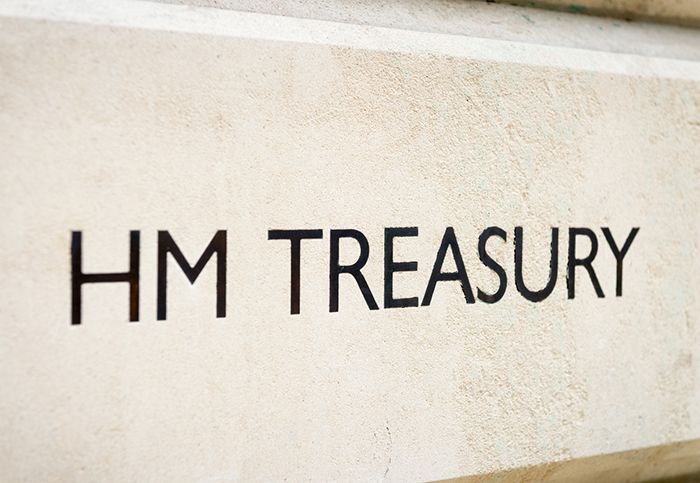
Stamp duty receipts jumped 69% to £10.1bn in England in the last tax year, the latest data from HMRC shows, highlighting how responses to the pandemic ignited the housing market.
Home transactions lifted 20% to 1.2 million in 2021-22 in England compared to a year ago, the highest figures since 2007-8, Coventry Building Society’s analysis of HMRC’s figures reveal.
This jump in transactions came after the then Chancellor Rishi Sunak introduced a stamp duty holiday in July 2020 following the housing market grinding to a halt following lockdown restrictions caused by the health crisis.
The move meant that from 8 July 2020 to the end of June 2021, homes valued below £500,000 paid no stamp duty, rising from the standard £125,000 exemption. From 1 July 2021 to the end of September 2021, when the relief ended, the duty was moved to homes above £250,000.
Coventry Building Society head of intermediary relationships Jonathan Stinton, says: “The numbers confirm what we already knew – the stamp duty holiday injected life into the market at a time of uncertainty.
“The reduced tax bill enabled people to move more freely, which was especially important during the pandemic when a lot of people were suddenly working from home and reassessing what their house needs to be.”
All regions saw a rise in residential receipts in 2021-22 on the year before, further analysis of the HMRC’s data shows.
This ranged from a 50% rise in London to £3.9bn, to a steeper 117% jump in Northern Ireland to £65m.
The data shows 28% of all homebuyers were between 25 and 34, unchanged from the year before.
In last September’s tax-cutting mini-Budget then Chancellor Kwasi Kwarteng announced that no stamp duty needs to be paid on property value up to £250,000 permanently.
However, current Chancellor Jeremy Hunt reversed this in his November Autumn Statement, saying that at the end of March 2025, the stamp duty would revert to the standard £125,000 threshold.
Coventry Building Society’s Stinton adds: “We’re arguably in another period of uncertainty, where an injection to the market would be welcomed by many.
“The new stamp duty thresholds set in September have eased the tax burden on homebuyers, but there’s room for the government to really get creative in their approach and start introducing incentives for energy-efficient home improvements, or waivers for downsizers, for example.”



